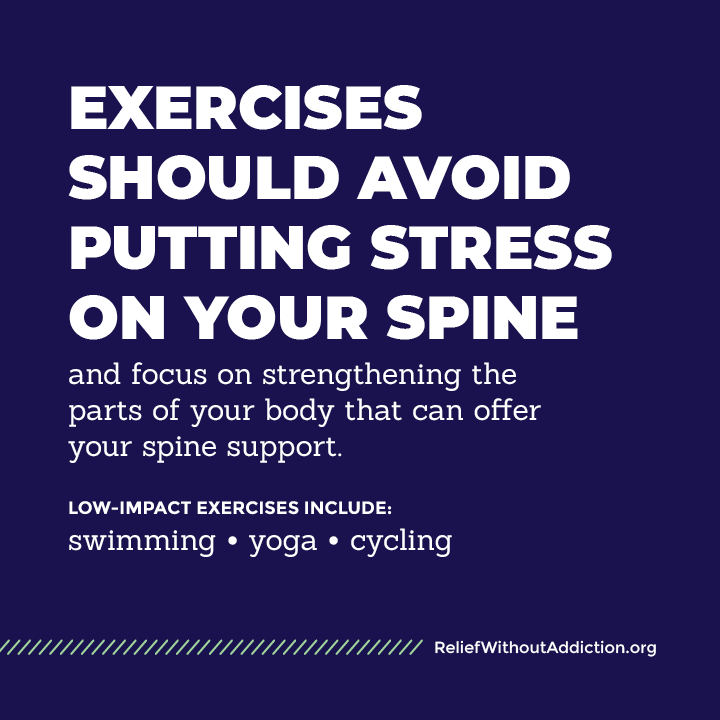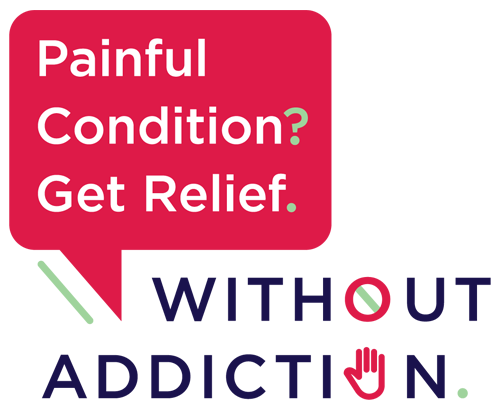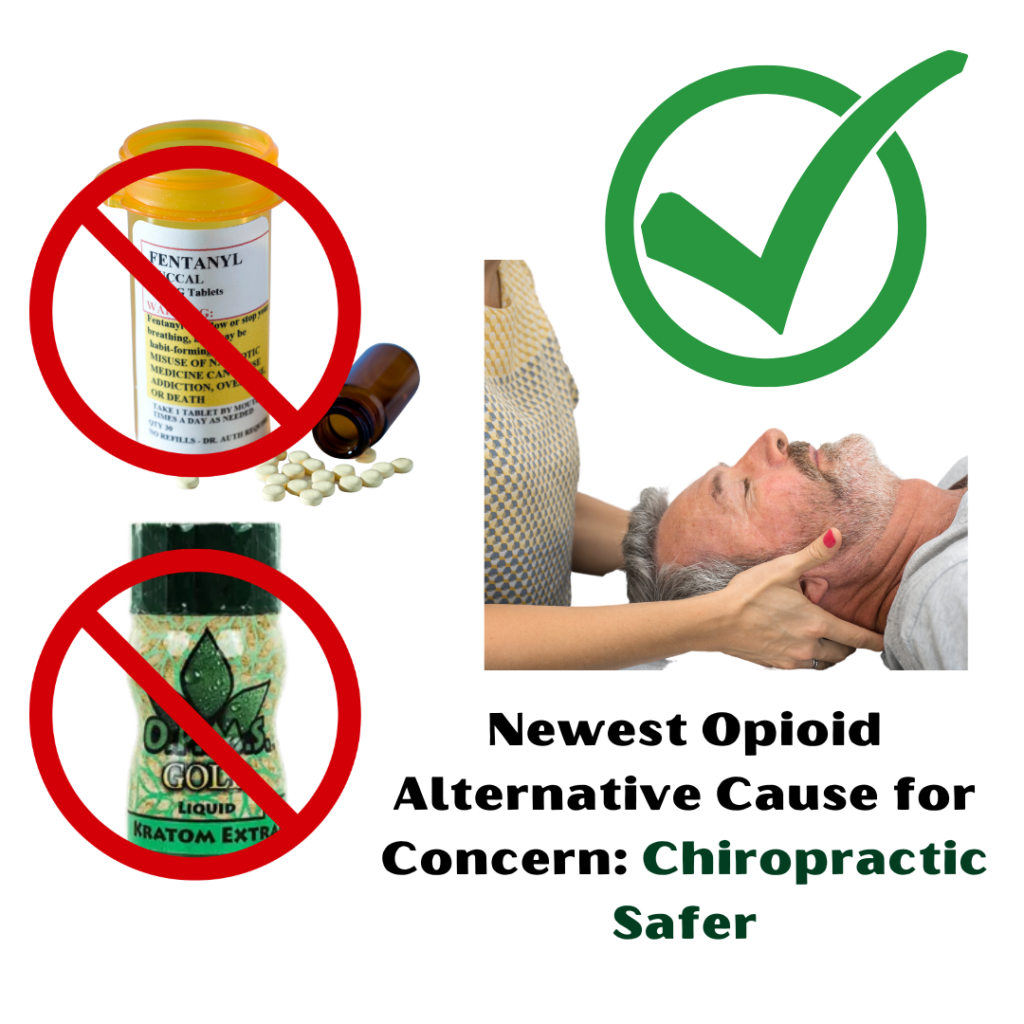Spinal Stenosis can lead to pain in the lower back and neck. It occurs as a result of the narrowing of the spaces within your spine, and puts pressure on the nerves. If you’re diagnosed with spinal stenosis, it cannot be cured, but treatments exist that can address the pain you may feel.
Symptoms of spinal stenosis
Some people diagnosed with spinal stenosis don’t have any symptoms. Others can experience symptoms that may worsen over time. These include pain, but also tingling, numbness, and muscle weakness.
Where you experience symptoms is based on the location of your particular type of spinal stenosis. Cervical stenosis occurs within the part of your spine near your neck. Lumbar stenosis, the most common form, occurs in your lower back.
According to Dr. Jared Simon, from Century Center Chiropractic, primary issues are tight muscles and shifting spinal nerves, both of which can cause tension, pain and pressure.
Going to the doctor
Should you experience ongoing pain in your neck or back, for whatever reason, it’s best to see a doctor. If going leads to a spinal stenosis diagnosis, your medical doctor may suggest medication to treat the pain, or even surgery for extreme cases.
While medication can relieve the pain, it’s usually a temporary fix that wears off throughout the day. For a more long-lasting solution you should consider seeing a chiropractor.
Surgery may also be presented as an option, but this is an invasive procedure that could lead to part of your vertebrae being removed and spaces within your spine forcibly having to get widened. You may end up with bone grafts or metal implants. This process has risk and a high cost, and should be a last result after trying non-invasive options like the gentle spinal adjustments your chiropractor utilizes.
Chiropractic care and spinal stenosis
Seeing a chiropractor for spinal stenosis is a great way to address the symptoms of the condition. A chiropractic approach addresses both the immediate discomfort, and the cause of the condition, in order to promote long-term wellness. Finding relief with the assistance of a chiropractor can also mean no medication and no surgery is necessary.
A care plan is often established after x-rays or other diagnostic methods, a full patient history, and comprehensive report of findings.
“A typical care plan for spinal stenosis,” said Dr. Simon, “would include spinal adjustments and may also incorporate adjunct and physical therapeutics.”
Therapeutic exercise also comes into play for those able to take part of their treatment plan home.
This combination of care approaches allow your chiropractor to work to correct the spinal malfunction, thus naturally affecting your spinal cord and its nerves, potentially lessening your spinal stenosis symptoms as well.

How to ease spinal stenosis symptoms with exercise
As you begin working with a chiropractor to address your spinal stenosis symptoms, they may recommend certain exercises for you to do at home. Adding these elements into your daily routine can only help to increase your physical strength and flexibility, giving you back mobility you may have lost as a result of extreme spinal stenosis symptoms.
Exercises should avoid putting stress on your spine and focus on strengthening the parts of your body that can offer your spine support.
Water exercises and swimming are great options that allow you to maintain your personal fitness without putting undue stress on your spine. Being in the water is gentle on joints should you have issues with arthritis as well. Mobility is also easier in the water, so exercises you may struggle with in a gym may become easier once you’re in the pool. Aqua aerobics or even lap swimming are good options.
Another area of exercise to focus on if you have spinal stenosis is a core strengthening program. Gentle twisting exercises, lunges, and even planks allow you to strengthen your core and hips without compromising your spine. A stronger core helps you maintain balance, but also lets you process bodily stress through your muscles rather than your spine. It’s a great way to protect your back.
Dr. Simon often prescribes low-impact exercises that include swimming, yoga, and cycling. He stresses the importance of core exercises to help with the symptoms of spinal stenosis. These include the black flexion, cat and cow stretches, and crunches.
What workouts to avoid
To avoid making your back pain worse though, if you do get diagnosed with spinal stenosis, opt out of these exercises until your doctor or chiropractor confirms they’re okay:
- Long walks or runs
- Lower back exercises that hyperextend the muscles
- Free weight exercises that require you to round your back
- Contact sports
- Back stretches that require you to lean backward from your hips (aka a back stretch)
It’s also important to avoid too much bed rest. Laying flat for too long (longer than you need to get a good night’s rest) can put further strain on your back and make it harder to reduce inflammation. It’s better to stay safely active to keep your muscles strong and your back supported. Also, don’t forget to drink plenty of water.
Diagnosed with spinal stenosis? Find a chiropractor close to you
Spinal stenosis is a condition you won’t ever be totally free of, and while the lure of medication to provide quick relief is tempting, it’s not a long-term solution. It also comes with the price of possible opioid addiction.
“Chiropractic care aims to widen the space available for the spinal cord within the spinal canal and improve the normal function of the spine and its related soft tissues,” says Dr. Simon. This is why seeking chiropractic care can give you a more permanent way to manage your pain and inflammation, all without relying on medications or surgery. If you’re interested in exploring a holistic approach to dealing with the symptoms of spinal stenosis, Relief without Addiction can help. Use our database of medical professionals to find a chiropractor near you today.





